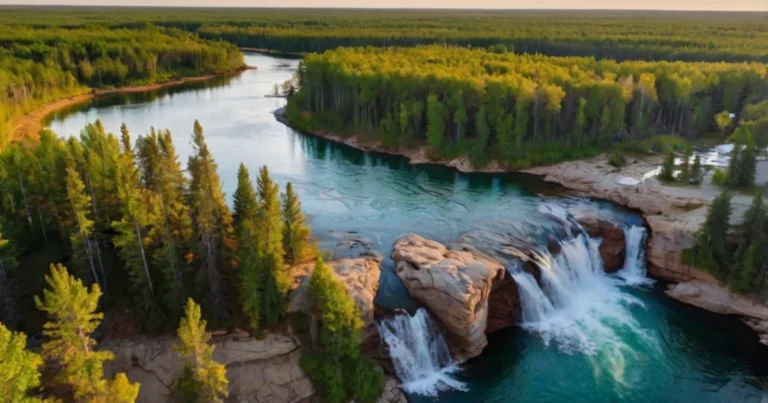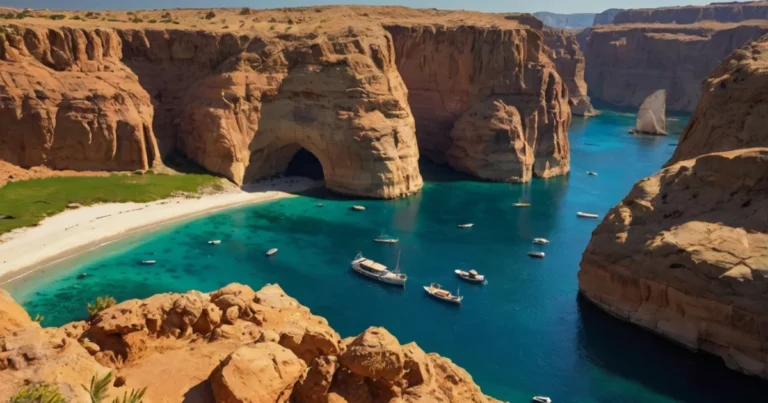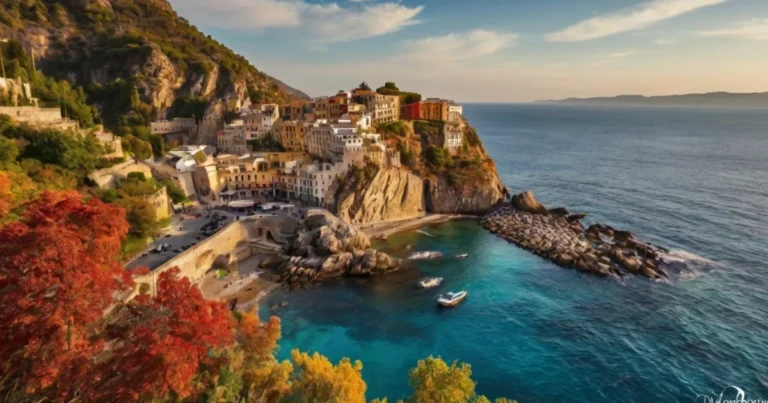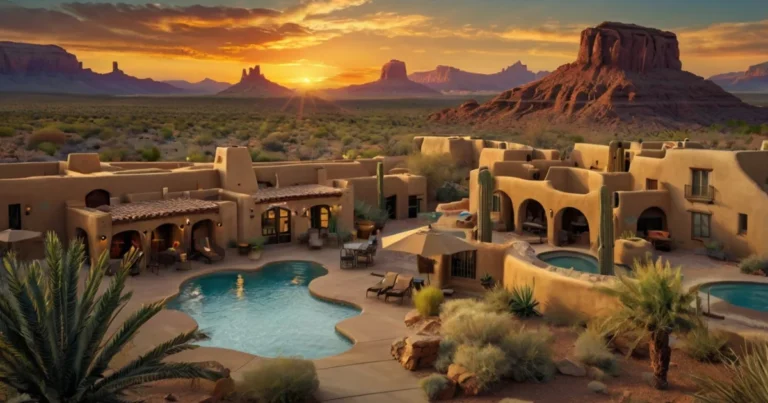Unveiling the Magic of Cambodia: Your Ultimate Travel Guide
So, Cambodia has piqued your interest? Fantastic choice! This Southeast Asian nation boasts a rich tapestry of history, culture, and natural beauty, promising an unforgettable adventure. But before you pack your bags, here’s your comprehensive Cambodia travel guide, designed for first-timers like you.
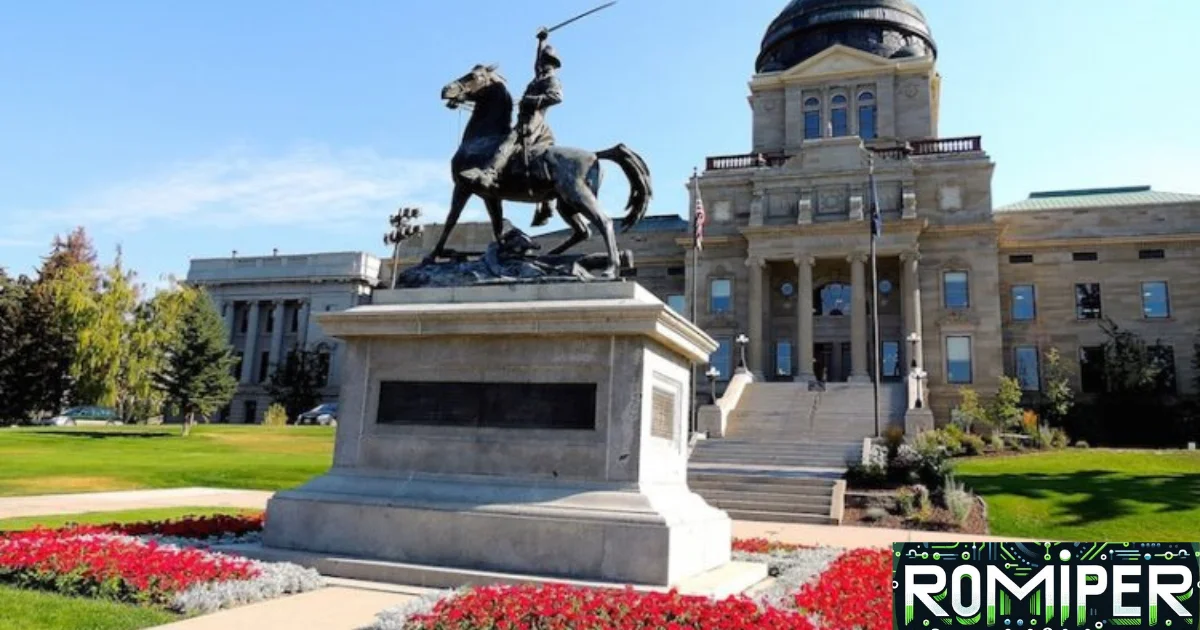
1. Embark on a Journey Through Time: Understanding Cambodia’s History
Cambodia’s past is as fascinating as it is complex. Understanding its key periods will enrich your experience. From the glorious Khmer Empire that built Angkor Wat to the harrowing Khmer Rouge regime, Cambodia has persevered. Explore the national museums and historical sites to gain a deeper appreciation for this resilient nation.
2. Visa Information: Obtaining Entry to Cambodia
Most visitors require a visa to enter Cambodia. You can conveniently apply for an e-visa online or obtain a visa upon arrival at major airports. Ensure you have the necessary documentation, such as passport photos and a valid passport.
3. Gateway Cities: Deciding Where to Fly Into
Cambodia boasts two main international airports:
- Phnom Penh: The bustling capital city, offering a glimpse into Cambodian life and history.
Consider your interests when choosing your entry point. If temple exploration is your priority, Siem Reap is ideal. For a broader Cambodian experience, start with Phnom Penh.
4. Transportation Options: Getting Around Cambodia
Cambodia offers various modes of transportation to suit your budget and style:
- Domestic Flights: Connect between major cities quickly and conveniently.
- Buses: A budget-friendly option for intercity travel. Be prepared for longer journeys compared to flights.
- Taxis and Tuk-Tuks: Taxis offer a comfortable option for short distances within cities. Tuk-tuks, the iconic open-air carriages, are a fun and affordable way to explore, but negotiate fares beforehand.
- Boats: Explore the Tonle Sap, the largest freshwater lake in Southeast Asia, by boat. Boat trips are also available in coastal areas like Sihanoukville.
5. Currency Exchange: Cambodian Riel and Dollars
The Cambodian Riel (KR) is the official currency. However, US Dollars (USD) are widely accepted, especially in tourist areas. Carry a mix of both currencies for convenience.
6. Bargaining Basics: Mastering the Art of Negotiation
Bargaining is a common practice in Cambodia’s markets and with independent tuk-tuk drivers. Start with a counteroffer that’s roughly half the initial price and gradually work your way up to a mutually agreeable amount. Be polite and respectful throughout the negotiation.
7. Cambodian Cuisine: A Culinary Adventure Awaits
Indulge in Cambodia’s unique cuisine, characterized by fresh ingredients, fragrant herbs, and distinct flavors. Must-try dishes include:
- Amok: Fish or other protein steamed in a rich coconut curry.
- Nom Banh Chok: Rice noodles with vegetables, herbs, and a fish-based curry.
- Fish Amok: A popular variant of Amok featuring fish as the main protein.
- Samlor Machu Trey: A sour and spicy fish soup with vegetables and herbs.
Don’t be afraid to experiment with street food stalls, a delicious and affordable way to savor Cambodian flavors.
8. Accommodation Options: Finding Your Perfect Place to Stay
Cambodia offers a diverse range of accommodation options:
- Luxury Hotels: For those seeking opulent comfort and amenities.
- Boutique Hotels: Stylish stays with a unique character.
- Guesthouses: Budget-friendly guesthouses are plentiful, especially in tourist areas.
- Homestays: Immerse yourself in local life by staying with a Cambodian family.
9. Temple Etiquette: Respecting Sacred Sites
Angkor Wat and other temples are sacred places. Dress modestly, covering your shoulders and knees. Remove shoes before entering religious structures. Be mindful of noise levels and avoid climbing on monuments.
10. Festivals and Events: Adding Vibrancy to Your Trip
Plan your trip around a Cambodian festival to experience the country’s vibrant culture firsthand. Some popular events include:
- Pchum Ben (Ancestor’s Day): A two-week festival where Cambodians pay homage to their ancestors.
- Bonn Om Touk (Water Festival): A three-day festival celebrating the end of the rainy season with boat races and festivities.
- Angkor Wat Festival: In February, this spectacular event transforms Angkor Wat with illuminations, traditional performances, and cultural displays. Witness Apsara dancers in their elaborate costumes and soak in the mystical atmosphere as the ancient temple complex comes alive at night.
-
FAQs: Unveiling More About Your Cambodian Adventure
1. What’s the best time to visit Cambodia?
The dry season (November to April) offers pleasant weather for sightseeing. However, it’s also peak tourist season with higher prices and larger crowds. The shoulder months (May, June, and October) balance weather and crowds well.
2. Is Cambodia safe for tourists?
Cambodia is generally safe for tourists who exercise common sense. Be cautious when swimming in rivers or lakes due to strong currents and uneven terrain.
3. What language is spoken in Cambodia?
Khmer is the official language of Cambodia. However, basic English is spoken in tourist areas. Learning a few essential Khmer phrases will enhance your experience and show respect for the local culture.
4. Do I need travel insurance?
Travel insurance is highly recommended. It can provide coverage for medical emergencies, trip cancellations, and lost luggage.
5. What are some sustainable travel practices I can follow?
- Support responsible tourism businesses: Opt for eco-friendly hotels and tours that minimize environmental impact.
- Minimize plastic use: Carry a reusable water bottle and shopping bag.
- Respect wildlife: Observe animals from a safe distance and avoid contributing to the illegal wildlife trade.
- Dress modestly: Be mindful of cultural norms by dressing appropriately when visiting temples and pagodas.


